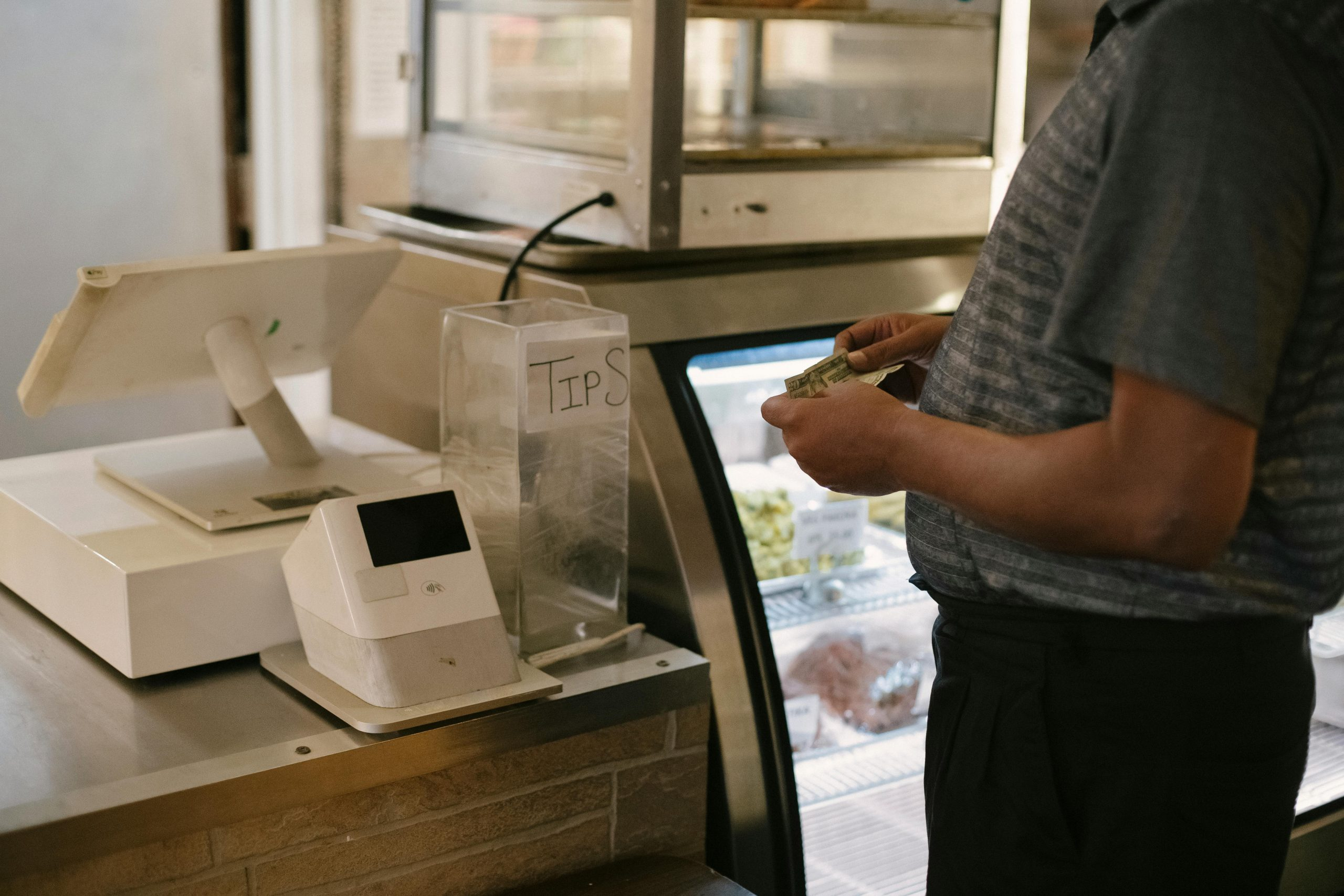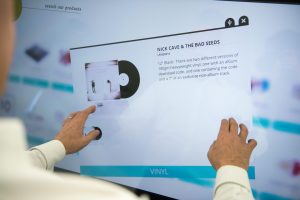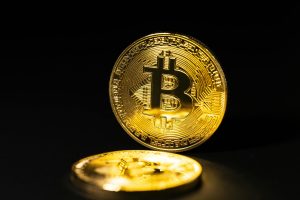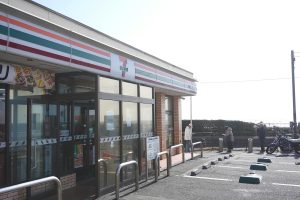The Digital-Physical Retail Convergence: Shopping Without Boundaries
The world of retail has undergone a major transformation in recent years. With the rise of e-commerce and online shopping, traditional brick-and-mortar stores have had to adapt to keep up with changing consumer habits. But now, we are seeing a new convergence between the digital and physical retail worlds. This is known as the digital-physical retail convergence, and it is reshaping the shopping experience as we know it, blurring the boundaries between online and offline shopping. In this article, we will explore the concept of the digital-physical retail convergence and its impact on both consumers and retailers.
What is the Digital-Physical Retail Convergence?
The digital-physical retail convergence refers to the merging of online and offline retail channels. It is a phenomenon driven by advancements in technology and changes in consumer behavior. Today, consumers no longer see a clear distinction between online and offline shopping – they want a seamless and integrated experience that combines the best of both worlds.
This convergence is evident in the way consumers shop. They may start by browsing products and reading reviews on their phone, make a purchase online, and then pick up the item in-store. Or they may first see a product in a physical store and later decide to buy it online. In either case, the process is seamless and the boundaries between online and offline shopping are virtually non-existent.
The Impact on Consumers
Increased Convenience
One of the biggest benefits of the digital-physical retail convergence for consumers is the increased convenience. With the ability to shop online and in-store, consumers have the freedom to choose the most convenient option for them at any given time. This saves them time and effort, making shopping a more enjoyable experience.
Personalization
The convergence also allows for a more personalized shopping experience. Retailers can collect data on consumer behavior both online and in-store, allowing them to tailor their offerings to individual preferences and needs. This means that when a customer walks into a store, they may see personalized product recommendations based on their previous online purchases or browsing history.
More Options and Information
Consumers now have access to a much wider variety of products and information than ever before. With the digital-physical convergence, they can browse and compare products from multiple retailers both online and in-store. This enables them to make more informed purchase decisions.
The Impact on Retailers
Integrated Inventory Management
One of the key challenges that retailers face is managing inventory across multiple channels. The digital-physical convergence allows them to have a real-time view of their inventory, regardless of where the sale takes place. This means they can avoid stockouts and overstocking, leading to more efficient operations and increased customer satisfaction.
Improved Customer Engagement
The convergence also provides retailers with more opportunities to engage with their customers. By collecting data on consumer behavior, retailers can understand their customers’ needs and preferences and offer personalized experiences. This improves customer loyalty and encourages repeat purchases.
New Marketing Strategies
The digital-physical retail convergence has opened up new avenues for marketing and advertising. Retailers can now use online data to inform their in-store marketing strategies, and vice versa. This allows for more targeted and effective marketing campaigns.
The Future of Retail
With the digital-physical retail convergence, the shopping experience is becoming more seamless, convenient, and personalized. This trend is set to continue and will only become more prevalent in the future. Retailers must adapt to this new reality and embrace the digital-physical convergence to stay competitive and meet the evolving needs of consumers.
In conclusion, the digital-physical retail convergence is transforming the retail industry in unprecedented ways. Consumers are benefiting from more convenience, personalization, and choice, while retailers are presented with new opportunities for growth and engagement. As this convergence continues, it is clear that the boundaries between offline and online shopping will continue to blur, paving the way for a truly seamless and integrated shopping experience.










